The Biological Mechanisms of Animal Locomotion
Introduction
Animal locomotion, the movement of an animal from one location to another, is a fundamental aspect of biology. This article explores the biological mechanisms that underlie various forms of animal locomotion, including walking, running, swimming, flying, and climbing.

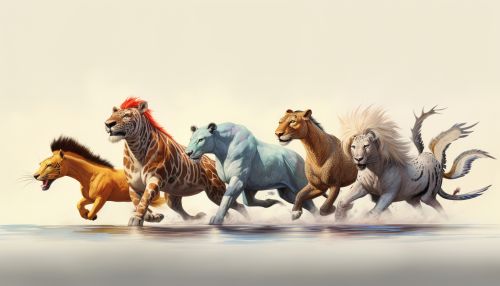
Walking and Running
Walking and running are the most common forms of terrestrial locomotion. These modes of movement are primarily powered by the muscular system, with the skeletal system providing structural support.

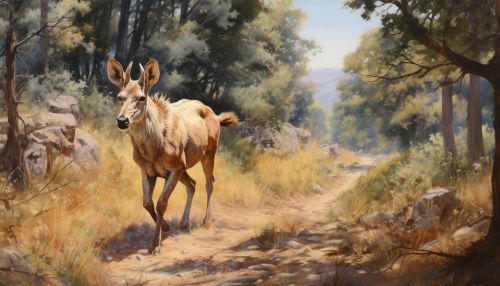
Muscular System
The muscular system plays a crucial role in animal locomotion. Muscles generate force by contracting and relaxing, which moves the bones they are attached to. This movement is facilitated by motor neurons, which transmit signals from the nervous system to the muscles.
Skeletal System
The skeletal system provides the rigid structure that muscles need to generate movement. In terrestrial animals, the skeletal system is also responsible for bearing the weight of the animal's body against the force of gravity.

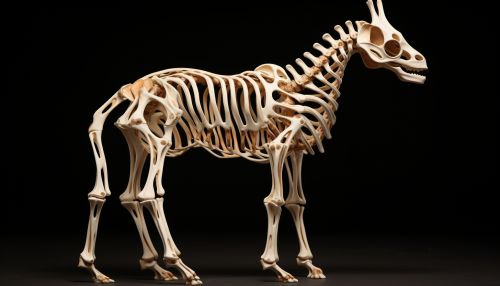
Swimming
Swimming is a form of locomotion used by many aquatic animals. It involves the coordinated movement of the body and/or appendages to generate propulsive forces against the water.


Hydrodynamics
The efficiency of swimming is largely determined by hydrodynamics, the study of fluids in motion. Animals that are efficient swimmers have bodies that are streamlined to reduce drag and appendages that are shaped to maximize thrust.
Buoyancy
Buoyancy, the ability of an object to float in a fluid, is another important factor in swimming. Many aquatic animals have adaptations, such as swim bladders or fatty tissues, that increase their buoyancy and help them maintain their position in the water column.
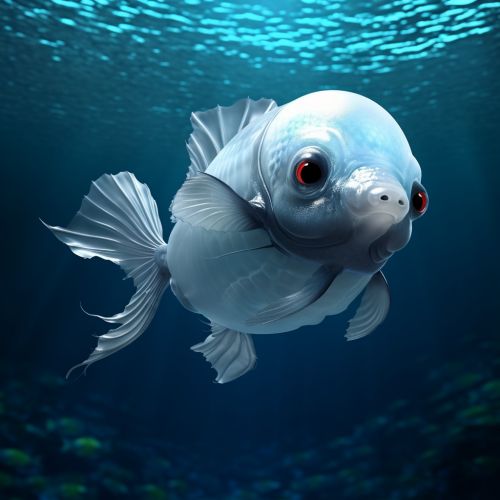
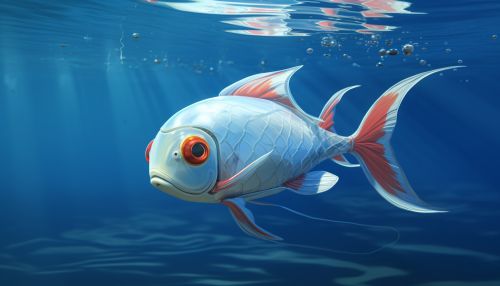
Flying
Flying is a form of locomotion used by birds, insects, and some mammals. It involves the generation of lift to overcome the force of gravity.

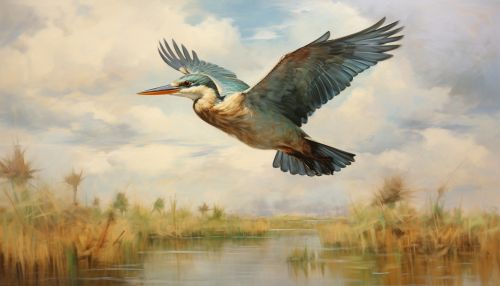
Aerodynamics
The efficiency of flight is largely determined by aerodynamics, the study of gases in motion. Animals that are efficient fliers have wings that are shaped to generate lift and bodies that are streamlined to reduce drag.
Energy Expenditure
Flying is a highly energy-intensive form of locomotion. Animals that fly must have adaptations that allow them to meet these high energy demands, such as a high metabolic rate and efficient respiratory and circulatory systems.
Climbing
Climbing is a form of locomotion used by many arboreal animals. It involves the use of appendages to move vertically against the force of gravity.
Adaptations for Climbing
Animals that are efficient climbers have a variety of adaptations, such as strong muscles, specialized feet, and prehensile tails, that allow them to grip surfaces and maintain their balance.
Conclusion
The biological mechanisms of animal locomotion are complex and diverse, reflecting the wide range of environments and lifestyles found in the animal kingdom. Understanding these mechanisms can provide insights into animal behavior, ecology, and evolution.
